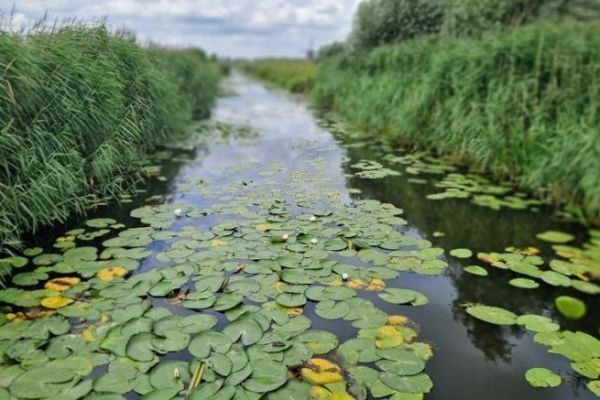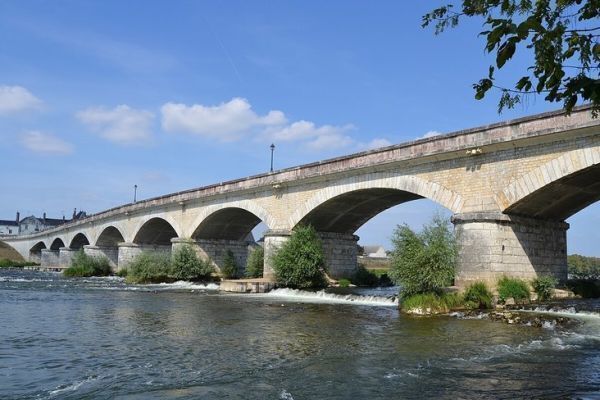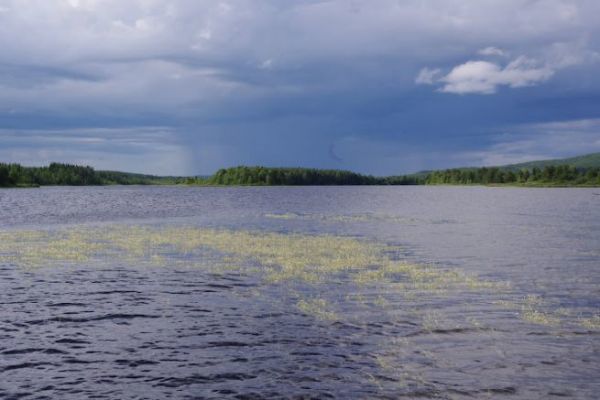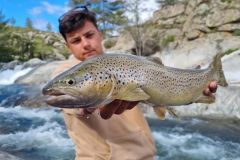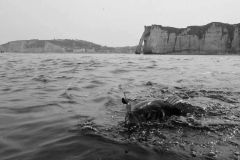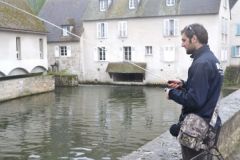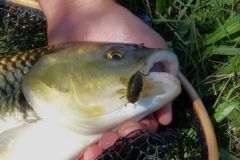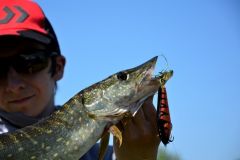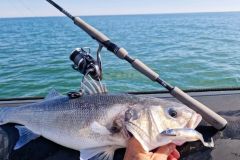Why fish bridge piers?
All over the world, bridge piers are essential spots for predator fishing. This is true even in areas where there is no current, but even more so when a feeding vein is present.
If bridge piers are key spots for carnivorous fishing, it's first and foremost because they create current detour and channel the juice. In this way, they create acceleration on either side and a calm zone downstream, providing food and shelter.
The second point is that these walls are generally cluttered with debris carried by the current, making them ideal for both resting and lying in wait. These walls are also an asset for predators, who can press their prey against them to hunt better.
Last but not least, the bridge piers provide a cool, shaded area where many carnivores can find a comfortable, reassuring resting place.
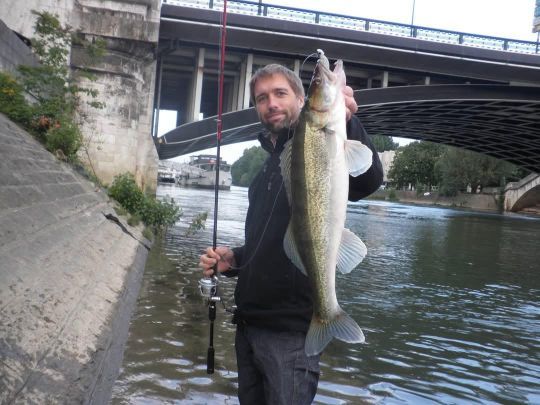
Which species to look for?
While all species can be posted and active around bridge piers, perch are particularly fond of this type of position. Pike-perch and perch enthusiasts should not overlook these vertical structures, which are always home to a few resting individuals when there isn't a school in full swing! Chub and asp are also numerous around these strategic spots.
On more flowing rivers, bridge piers are also excellent areas for stalking barbel, which can be caught quite easily with lures, especially crayfish imitations.
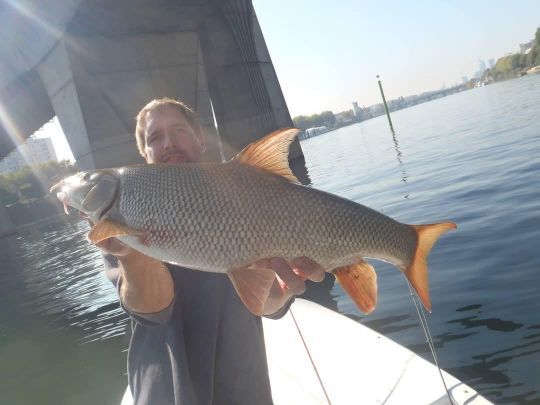
When to fish bridge piers?
Depending on their configuration, bridge piers can be useful at any time of day or season. In midsummer, they provide the darkness and acceleration sought by predators, and in winter, during floods, they can also offer a calm zone conducive to rest.
This really is a must-see spot for your outings, all the more so if your river has a very linear and monotonous topography.
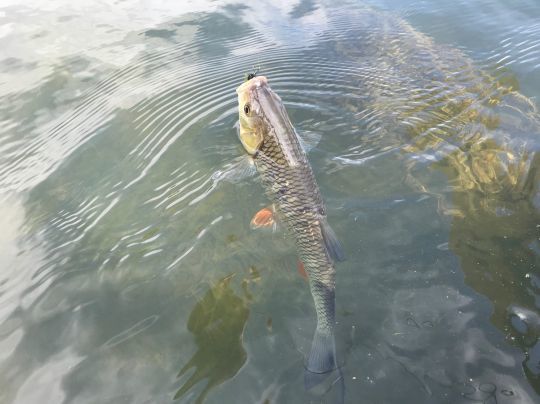
How to fish?
From a boat, if you're targeting pike-perch, the vertical is undoubtedly the best technique for meticulously exploiting these structures. From shore, you can fish with soft lures in a linear or scratch pattern for pike-perch and perch, or on the fly for perch. But beware: catfish also love these spots, and you'll be in for a regular surprise.
As these spots are often overcrowded, snags will be numerous and the Texan rig can be an interesting option for fishing cleanly and limiting lure losses.
If you're more interested in pike, chub, asp or perch, fishing with swimbaits and stickbaits will be a more appropriate way to start your prospecting.



